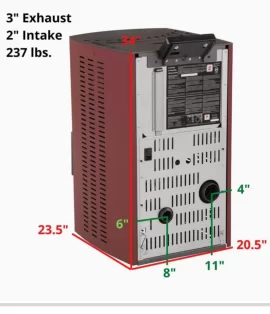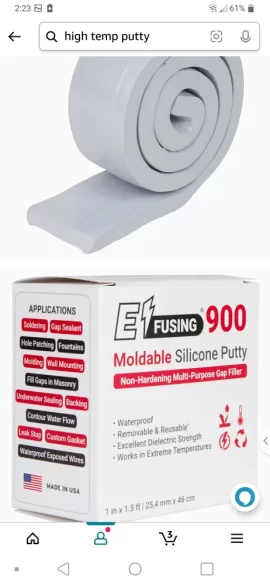So I am planning on putting a pellet stove to the back wall as close as allowed by clearances which 2 inch away according to manufacturer.
Going straight through the wall and then up vertically.
How far does the appliance adapter stick out?
Looks like my only options of pipe are either 6-in piece or 12-in piece to get me out thru the thimble. I was trying to avoid the 12-in piece because I don't want to stick out too far from the siding on the outside.
Is 6-inch piece with adapter long enough to get me through the wall (looks like drywall, standard 2x4 , and siding on the outside)and then connecting to the T and be minimum one inch away from the siding?
Am i gonna regret not having enough clearance behind for servicing?
I understand the seam inside the thimble is a No- No. Come to think if it , it would not even apply in my case.
Going straight through the wall and then up vertically.
How far does the appliance adapter stick out?
Looks like my only options of pipe are either 6-in piece or 12-in piece to get me out thru the thimble. I was trying to avoid the 12-in piece because I don't want to stick out too far from the siding on the outside.
Is 6-inch piece with adapter long enough to get me through the wall (looks like drywall, standard 2x4 , and siding on the outside)and then connecting to the T and be minimum one inch away from the siding?
Am i gonna regret not having enough clearance behind for servicing?
I understand the seam inside the thimble is a No- No. Come to think if it , it would not even apply in my case.
Last edited:



